DNVN - The total seafood export turnover in January 2025 reached more than 774 million USD, which is considered a positive result, but according to VASEP, Vietnam's seafood exports face many challenges as major markets decline in consumption demand.
Falling demand from major markets
In January 2025, Vietnam's total seafood export turnover reached 774.3 million USD, an increase of 3.3% over the same period in 2024. According to Ms. Le Hang - Communications Director of the Vietnam Association of Seafood Exporters and Producers (VASEP), this is a positive result compared to the same period in 2024, when Lunar New Year fell at the end of January, significantly affecting export results.
Of which, shrimp continued to be the item with the strongest growth in January 2025, with export value reaching 300 million USD, accounting for 39% of total seafood export turnover.
However, the Chinese market, one of the major partners of Vietnamese shrimp, is experiencing a decrease in consumption demand. Changes in the spending habits of the middle class, coupled with rising income pressure, have led to a decline in white shrimp consumption, especially in large cities. Competition from cheaper seafood products and the preference for other food items may affect shrimp exports to China in the coming months.
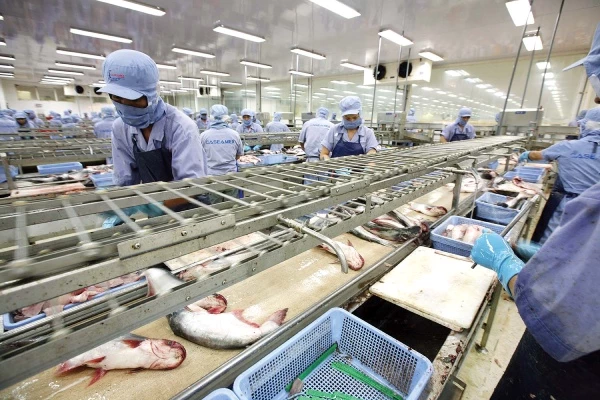
The decline in demand in major markets such as China and the US will pose a major challenge to products such as shrimp, pangasius and tuna.
Vietnam’s pangasius industry continues to face difficulties in the first months of 2025, despite strong growth in prices due to limited supply. Although demand from markets such as China and the EU remains stable, the shortage of fingerlings and fluctuations in international tariffs, especially anti-dumping policies, could negatively affect the growth potential of pangasius exports this year.
Limited pangasius supply, combined with fluctuations in export markets, could lead to an increase in export value in the short term. However, raw material shortages and changes in tariff policies could create a difficult environment for the pangasius industry in the coming period.
Meanwhile, Vietnam’s tuna industry faced a decline in exports in January 2025, with a decrease of 17.7%. However, with the steady growth of demand for tuna products in markets such as the US and EU, the tuna industry is expected to have a chance to recover in 2025. The biggest opportunity comes from changes in tariff policies of major markets, especially the US, where tariff measures can help Vietnam’s tuna products become more competitive compared to other imported products.
Large gap in consumption trends
Assessing consumption trends, the Communications Director of VASEP said that Vietnam's export markets recorded a large difference in consumption trends. While the Chinese and Hong Kong markets grew strongly with a growth rate of 64.9%, the US and EU markets faced difficulties with a decline of 16.0% and 17.6% respectively.
The decline in US consumption, due to President Donald Trump’s tariffs on imported seafood products, is likely to affect demand for Vietnamese seafood products, especially shrimp and salmon. However, increased demand for easy-to-prepare seafood products, such as frozen shrimp, could help to offset some of the decline in consumption of premium products.
On the other hand, the ASEAN market recorded a steady growth of 10.5%, showing that the potential from Southeast Asian countries is still a bright spot in Vietnam's seafood exports. The Middle East and other markets all saw a decline in consumption, which requires Vietnamese seafood enterprises to adjust their export strategies accordingly.
According to Ms. Le Hang, in 2025, the global seafood market is expected to have many fluctuations, with factors such as changes in consumer habits, tariff policies and fluctuations in supply and demand affecting Vietnam's seafood exports. In particular, the decline in demand in large markets such as China and the US will pose a big challenge for products such as shrimp, pangasius and tuna.
However, with increasing demand from ASEAN markets and supportive tariff policies from major countries, Vietnam's seafood industry can still maintain its growth momentum in 2025. Developing value-added products, improving product quality and expanding new export markets will be decisive factors for Vietnam's seafood industry to continue to develop sustainably in the future.
Minh Thu
Source: https://doanhnghiepvn.vn/kinh-te/xuat-khau-thuy-san-khoi-sac-dau-nam-nay-nhung-doi-dien-nhieu-thach-thuc/20250209094532034



![[Photo] Nhan Dan Newspaper displays and solicits comments on the Draft Documents of the 14th National Party Congress](https://vphoto.vietnam.vn/thumb/1200x675/vietnam/resource/IMAGE/2025/10/26/1761470328996_ndo_br_bao-long-171-8916-jpg.webp)

![[Photo] General Secretary To Lam received the delegation attending the international conference on Vietnam studies](https://vphoto.vietnam.vn/thumb/1200x675/vietnam/resource/IMAGE/2025/10/26/1761456527874_a1-bnd-5260-7947-jpg.webp)

![[Photo] Enjoy the Liuyang Fireworks Festival in Hunan, China](https://vphoto.vietnam.vn/thumb/1200x675/vietnam/resource/IMAGE/2025/10/26/1761463428882_ndo_br_02-1-my-1-jpg.webp)






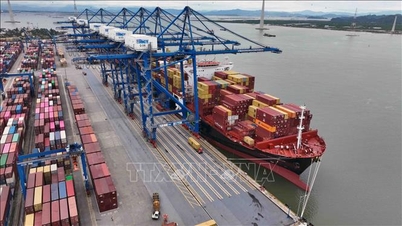













![[Photo] Prime Minister Pham Minh Chinh attends the opening of the 47th ASEAN Summit](https://vphoto.vietnam.vn/thumb/1200x675/vietnam/resource/IMAGE/2025/10/26/1761452925332_c2a-jpg.webp)























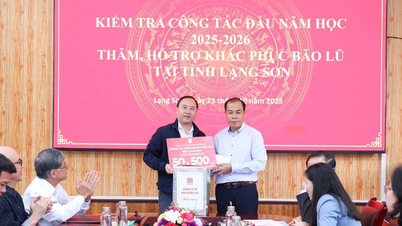



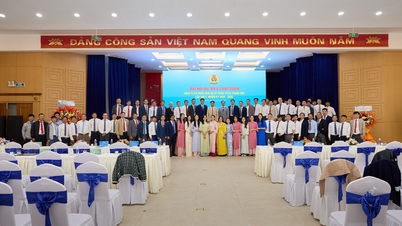





























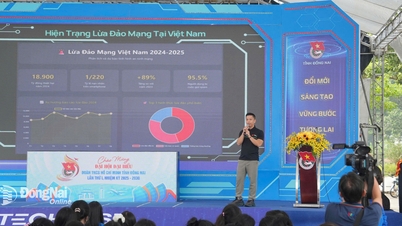

















Comment (0)